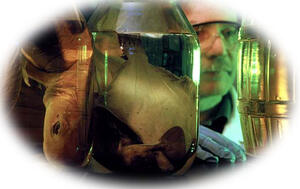Key Takeaways
- Kansas anglers are predominately male (76%) which is similar to those in the Midwest Region and the United States.
- Twelve-percent (12%) of the Kansas population participates in fishing, compared to approximately 17% in the Midwest.
- Survey results were representative of the Kansas angling population.
- Survey response rates are declining, making it more difficult, expensive, and time consuming to conduct human dimensions research.
- Licensed angler fishing participation is dropping. Eighty-seven percent (87%) of licensed anglers actually go fishing compared to 93% in 2013 and 95% in 2006.
- Bank fishing continues to be the most popular fishing access method.
- Largemouth Bass, Crappie, and Channel Catfish were the three most preferred and targeted species.
- The three most important Fisheries programs and services to anglers were lake rehabilitation, stocking fish, and improving fisheries habitat.
- The three least important Fisheries programs and services to anglers were master angler award, Vamos a pescar-Hispanic/Latino family fishing program, and the mobile aquarium.
- Fisheries Division staff and anglers do not always agree about the importance of fisheries programs and services.
- Fishing motivations differed slightly by sex; females were more motivated to fish “to be close to nature” and for “family recreation” whereas males were more motivated by fishing “for the challenge or sport.”








